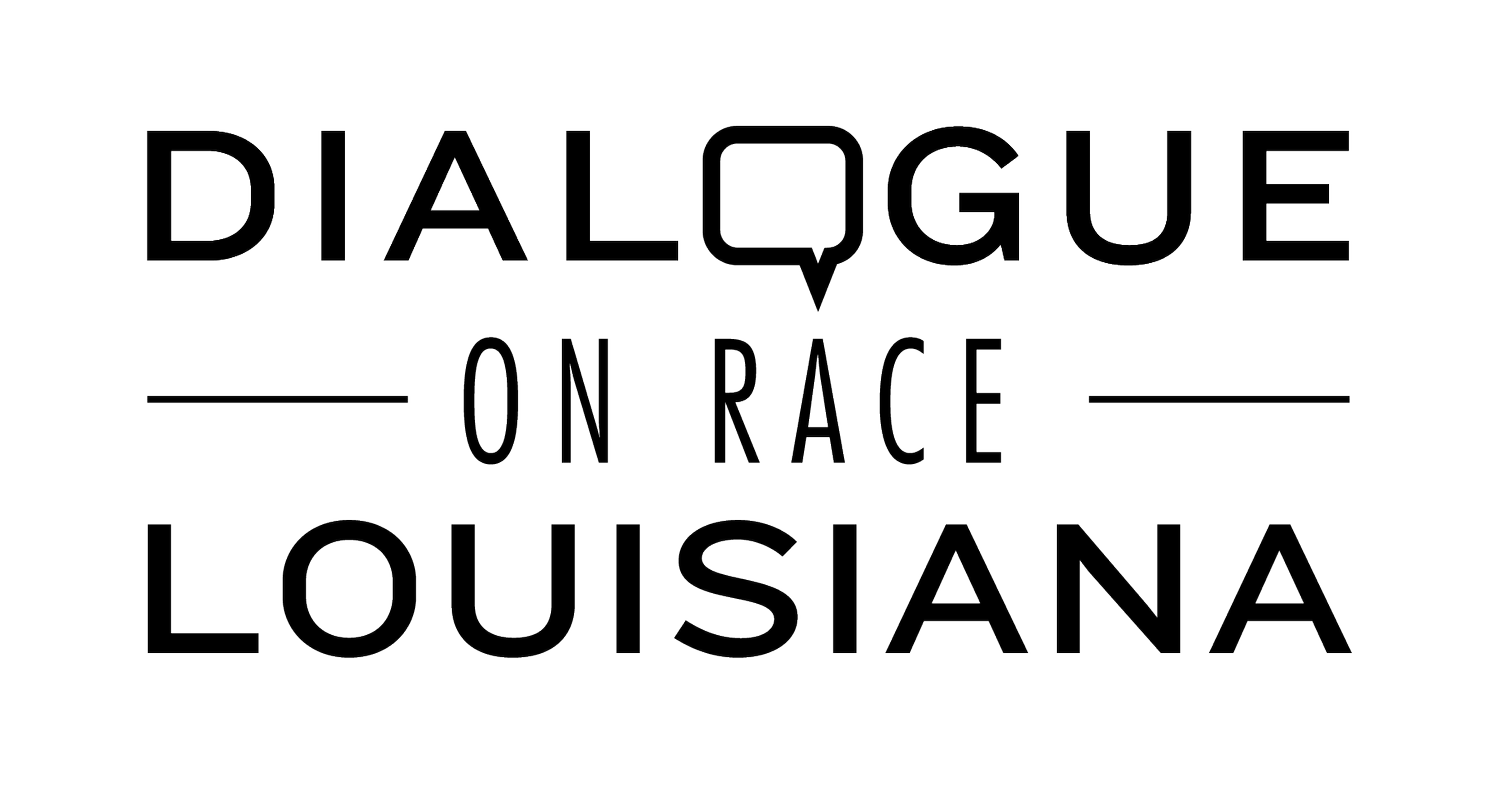Racial Disparities in Healthcare: The cost of racism in institutions and the urgent need for Dialogue
Krissy Anderson died of sepsis following the stillbirth of her daughter Charlotte Willow. It was Krissy's second stillbirth, and her doctors had planned to admit her to a specialized hospital equipped to handle pre-viable births at her 22nd week of pregnancy. However, she did not make it to her 20th week. Her husband, Clayton, shared with ABC News, "One of the issues that I guess I have with the system overall is Krystal is 40, and she's Black, and we'd had a loss before, but even then, they say you know, you can't start a plan with maternal-fetal medicine or the high-risk maternity doctors until you get to week 14."
Maternal sepsis is the second leading cause of pregnancy-related death in the U.S., according to the organization End Sepsis. Healthcare, a medical journal, notes that " Black and Hispanic populations are frequently associated with higher rates of morbidity and mortality in sepsis," than their white counterparts.
The Dialogue on Race Original Series uses an article titled "Understanding Institutional Racism." The authors, Charles Ruehle and Joseph Barndt outline five levels at which racism appears within an institution: personnel, policies, practices, structures, and foundations.
"While [maternal sepsis] is often attributed to systemic bias against minority groups, a growing body of literature has found patient, community, and hospital-based factors to be driving racial differences," continues the medical journal Healthcare.
This finding is supported by Barndt and Ruehle's 1992 article, which identifies the structural and foundational levels as key areas where racism persists within institutions.
"[institutional racism] occurs when the institution's defined boundaries of service exclude people of color or serve them unequally. It exists when products or services are of inferior quality or more costly for people of color."






Participants in the Dialogue on Race Original Series often talk about examples of personal discrimination by medical professionals. Through facilitated conversations supported by factual materials, they begin to recognize how racism embedded in policies, practices, structures, and foundations perpetuates these disparities.
In the wake of his loss, Clayton directly addressed the policies and practices of medical facilities that continue to fail pregnant people of color across the United States. " All pregnancy is high risk, especially, more so, when you're a woman of color, or you're older, and they should be treated that way from the start," Clayton told ABC News.
"Expecting somebody who's had a loss to go four weeks in between seeing their care providers… That's the same protocol that's done for a 23-year-old that's very healthy," he said. "It can't be a one-size-fits-all."
To further the conversation on institutional racism in medicine, the Louisiana Action Coalition reached out to Dialogue on Race Louisiana to establish a new charter called Dialogue on Race Nursing. This charter, focused on racism in nursing, held its inaugural session via a Race in Conversation event titled "Racism and the Historical Roots of Nursing."
In addition, Dialogue on Race Louisiana is collaborating with local and national medical organizations to bring its award-winning program to their institution. Dialogue on Race Louisiana remains committed to ending racism through education, action, and transformation.
Actions You Can Take Today!
-
This tragic story highlights the urgent need for continued dialogue on race and racism, especially in healthcare. If you've participated in the Dialogue on Race Original Series, share this article to spark discussions in your community and encourage others to join the series.
-
Haven't been through the Original Series yet? Or has it been more than a year? Now is the time to join and engage in meaningful conversations that lead to real change. Register today to be part of this important national conversation on race.
-
Your donations help bring Dialogue on Race Louisiana's vital programs to more communities. If you've benefited from the Original Series, consider supporting Dialogue on Race Louisiana so we can reach even more people.
